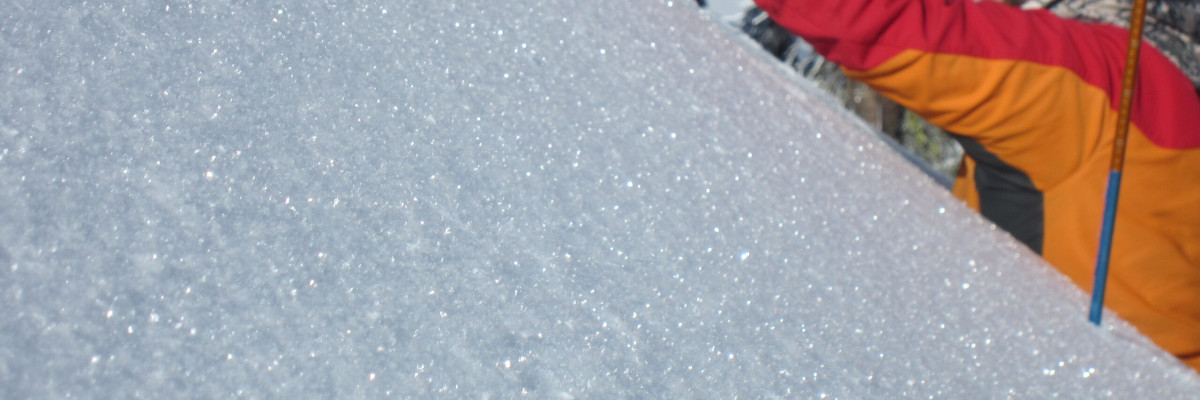The current avalanche danger is LOW in the west central Montana backcountry this morning and will increase to MODERATE in the afternoon. With rising temperatures and peak solar radiation, steep sun exposed slopes will have the ability to produce loose wet avalanches in the afternoon.
Good morning, this is Travis Craft with the West Central Montana Avalanche Center’s avalanche advisory for March 05, 2016. This danger rating does not apply to operating ski areas, expires at midnight tonight and is the sole responsibility of the U.S. Forest Service.
Weather and Snowpack
Mountain temperatures range from 32 F to 39 F in the region. Most sites did not get below freezing last night. Winds are 15 mph with gusts of 24 mph out of the SE in the Bitterroot and Point Six in the northern part of the advisory area is 7 mph with gusts of 20 mph out of the E. The forecast area received 1 inch of new snow in the last 24 hours. There will be light snow this morning and then it will clear up this afternoon.
Overall the snowpack has settled and we are now in spring conditions. The avalanche problems are due to solar radiation and rising temperatures throughout the day (Diurnal Fluctuations). The way to manage these types of problems is to move from a sunny aspect to a shadier one throughout the day.
Dudley and I toured in the Rattlesnake yesterday. The main avalanche problem we observed was loose wet avalanches in the afternoon on sun exposed slopes. The second avalanche problem is cornice fall. Ed was in the southern Bitterroot and made mention of the rising temperatures in the afternoon and how large the cornices are. Cornices break father back than expected, give them space. This video shows the layers we will be concerned with in the next storm cycle on Sunday.
Weather and Avalanche Outlook
There is a strong system predicted to enter the area early Sunday. This system is predicted to bring strong winds and 2 to 5 inches of snow by Sunday evening. The new load and strong winds will increase the avalanche danger. The snow level will decrease rapidly Sunday afternoon. The two problems to ask will be how the new snow bonds to the old snow surfaces(rime crust, surface hoar, and melt freeze crust). The second question will be are the facets reactive that are above the melt freeze crust from President’s Day weekend.
Ski and ride safe. Logan will issue the next advisory on Tuesday.














